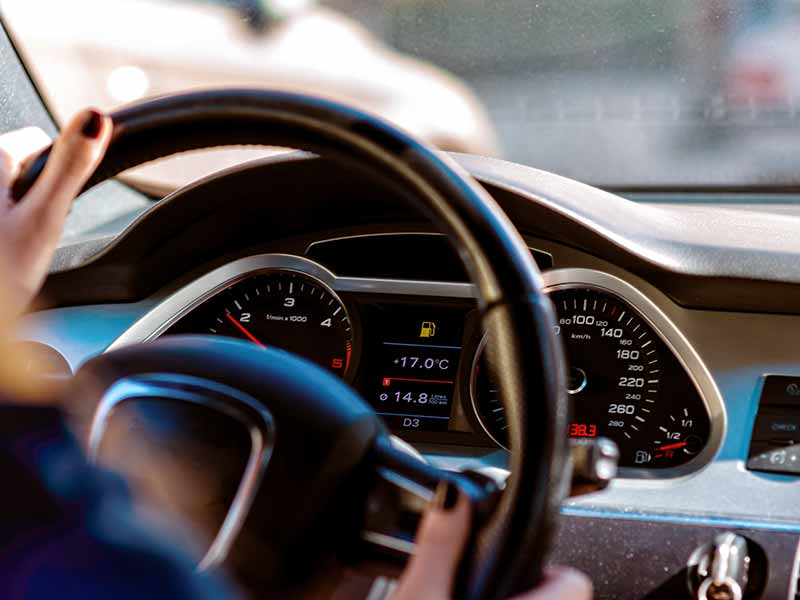Ever been driving and suddenly noticed your traction control light flickering on your dashboard, accompanied by a loss of power? It’s a nerve-wracking experience that leaves you wondering if your car is about to break down in the middle of the road. But don’t panic just yet; understanding what’s happening can be your first step to solving the problem.
Traction Control Light And Loss Of Power
When the traction control light comes on and your car loses power, it usually indicates that your vehicle’s traction control system is actively working to prevent wheel spin and maintain grip.
However, if the light stays on, it could signify a malfunction in the system that needs immediate attention.
In this article, we’ll delve into the intricacies of the traction control system, explore why the warning light might come on, and discuss the relationship between the traction control light and various issues like loss of power, ABS light activation, and more. We’ll also provide actionable steps on what to do in different scenarios to keep you safe on the road.
Let’s take a closer look.
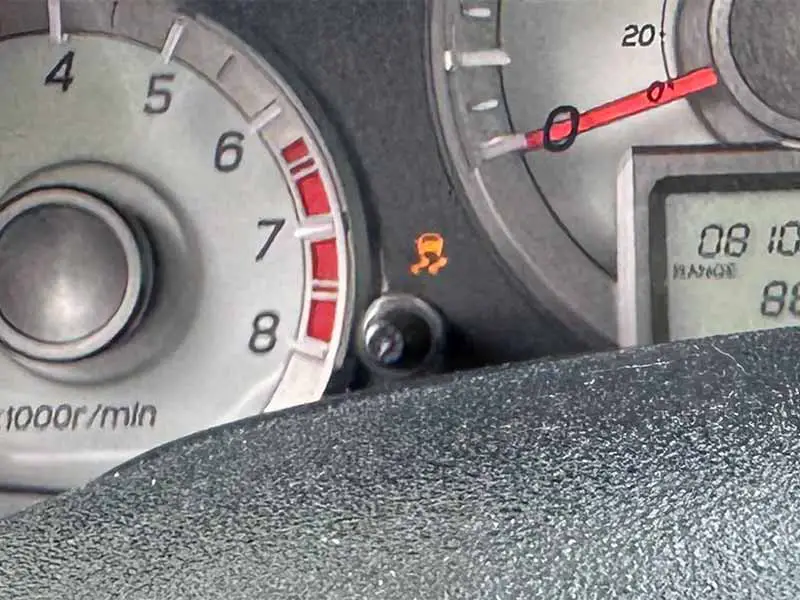
What is Traction Control?
Traction control is a safety feature in your car that helps your wheels grip the road better, especially when you’re accelerating, turning, or driving on slippery surfaces. Think of it like the grip on the bottom of your sneakers; it helps you walk without slipping. In a car, traction control helps your tires maintain good contact with the road so that you can drive safely.
How Does Traction Control Work?
Traction control uses sensors to monitor the speed of each wheel. When the system detects that one or more wheels are spinning faster than they should be—like if you’re skidding on ice—it automatically adjusts. Here’s how:
- Braking: The system can apply the brakes to the spinning wheel to slow it down.
- Engine Power: It can also reduce the engine power to make sure the wheels don’t spin too fast.
Why Tires Are Key
As a tire expert, I can’t stress enough how crucial good tires are for effective traction control. Your car’s system relies on the grip of your tires to work correctly. If your tires are worn out or not suitable for the road conditions, even the best traction control system won’t be as effective.
Types of Traction Control Systems
There are mainly two types of traction control systems:
- Electronic Traction Control (ETC): This is the most common type and is usually integrated with a car’s Anti-lock Braking System (ABS).
- Limited-Slip Differential (LSD): This is often found in high-performance cars and works mechanically rather than electronically.
When Do You Need Traction Control?
Traction control is particularly helpful in the following situations:
- Wet Roads: When it’s raining, roads can get slippery. Traction control helps your tires grip the wet surface better.
- Snow and Ice: In winter conditions, traction control can be a lifesaver by preventing skids.
- Accelerating: When you’re speeding up, especially on a curve, traction control ensures that your car doesn’t lose grip.
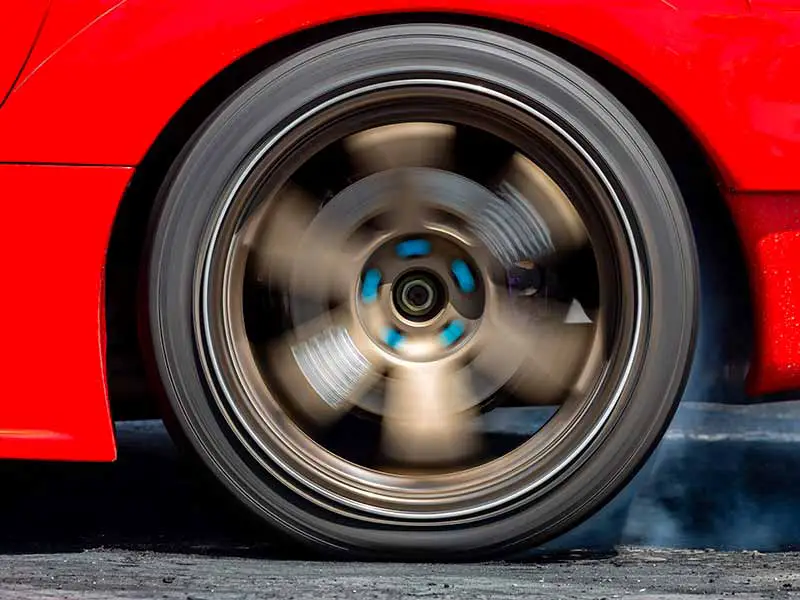
Why Traction Control Lights Come On
The traction control light is a warning indicator on your dashboard that illuminates when there’s an issue with your traction control system. It’s like a friend tapping you on the shoulder, saying, “Hey, something’s not right here.” When this light comes on, it’s a signal that your car’s ability to grip the road might be compromised.
Role of Wheel Speed Sensor
One of the key components in your traction control system is the wheel speed sensor. This sensor keeps track of how fast each of your wheels is spinning. If one wheel starts to spin faster than the others—like if it’s sliding on ice—the sensor sends a message to the traction control system to take action.
- Braking: The system may apply brakes to the wheel that’s spinning too fast.
- Reducing Power: Alternatively, the system might reduce engine power to slow down the wheel.
Common Reasons for Traction Control Light Activation
Here are some typical reasons why your traction control light might come on:
- Slippery Roads: Wet, icy, or snowy conditions can cause the light to activate.
- Rapid Acceleration: If you accelerate too quickly, the wheels may lose grip, triggering the light.
- Faulty Sensors: Sometimes, the wheel speed sensor or other system sensors may malfunction.
What to Do When the Light Comes On
When you see the traction control light, here are some steps to consider:
- Slow Down: Reduce your speed and drive cautiously.
- Check Road Conditions: If the road is slippery, it might be the cause. Adjust your driving accordingly.
- Inspect Your Tires: Make sure they’re in good condition and properly inflated.
- Consult a Mechanic: If the light stays on, it’s wise to get your car checked by a professional.
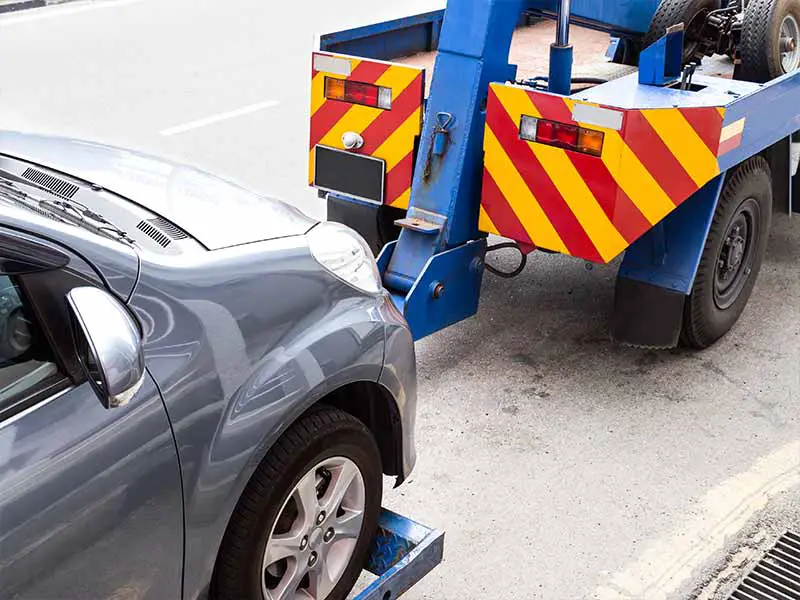
Traction Control Light and No Acceleration
When the traction control light comes on, you might notice that your car doesn’t accelerate like it usually does. This isn’t a coincidence; it’s the traction control system doing its job to prevent wheel spin. In simple terms, your car is trying to keep you safe by controlling how fast the wheels turn.
How Traction Control Affects Acceleration
When the traction control system senses that a wheel is spinning too fast, it takes corrective action. Here’s what can happen:
- Brake Application: The system can apply the brakes to the wheel that’s spinning too quickly.
- Reducing Engine Power: The system might also cut back on the engine power to prevent wheel spin.
Both of these actions can make it feel like your car isn’t accelerating properly.
What to Do When Acceleration Drops
If you find that your car isn’t accelerating as it should, here are some steps to take:
- Check the Traction Control Light: If it’s on, the system is likely affecting your acceleration.
- Inspect Your Tires: Make sure they’re in good condition and properly inflated.
- Drive Cautiously: Until you can get the issue resolved, it’s best to drive carefully to avoid any accidents.

Traction Control and Check Engine Light
When both the traction control light and the check engine light come on at the same time, it’s like your car is shouting, “Hey, I need attention!” This dual warning is a strong signal that something might be seriously wrong with your vehicle, affecting both its performance and safety.
Possible Reasons for Both Lights
Several issues could trigger both lights to come on simultaneously. Here are some common culprits:
- Sensor Malfunctions: Both systems rely on various sensors. A malfunction in one could potentially affect both.
- Electrical Issues: Problems with your car’s electrical system can cause multiple warning lights to activate.
- Engine Problems: Issues with the engine can affect the car’s overall performance, including its traction control system.
Immediate Steps to Take
If both lights come on while you’re driving, here’s what you should do:
- Pull Over Safely: Find a safe spot to pull over and turn off your car.
- Check Your Tires: Inspect for any visible issues like low pressure or wear and tear.
- Restart the Car: Sometimes, turning the car off and on again can reset the warning lights.
- Drive Carefully to a Mechanic: If the lights remain on, it’s best to head straight to a professional for a thorough check-up.
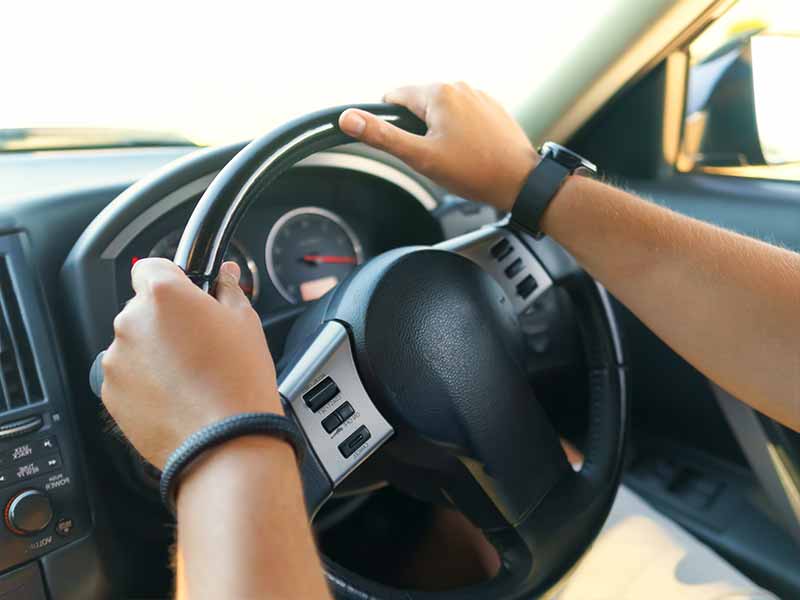
Steering Angle Sensor and Traction Control
The steering angle sensor is a critical component that monitors the angle of your steering wheel. It communicates this information to various systems in your car, including the traction control system. Essentially, it helps your car understand how you’re trying to steer so that it can adjust its behavior accordingly.
The Connection Between Steering Angle Sensor and Traction Control
The traction control system uses data from the steering angle sensor to understand your intended direction. If the sensor detects that you’re turning sharply but your wheels are spinning in a different direction, the traction control system will kick in to correct the wheel spin and help you steer safely.
How a Faulty Steering Angle Sensor Affects Traction Control
When the steering angle sensor is faulty, it can send incorrect data to the traction control system. This can result in several issues:
- False Activations: The traction control system might activate when it’s not needed, causing the car to behave unpredictably.
- Failure to Activate: Conversely, the system might not activate when it should, putting you at risk of losing control.
- Warning Lights: A faulty sensor can cause the traction control light to come on, even if there are no other issues.
What to Do if You Suspect a Faulty Sensor
If you think your steering angle sensor might be faulty, here are some steps to take:
- Check the Warning Lights: If the traction control light is on, it could be a sign of a faulty sensor.
- Inspect Your Tires: Make sure they’re in good condition and properly inflated.
- Consult a Mechanic: A professional can run diagnostic tests to confirm whether the sensor is faulty.
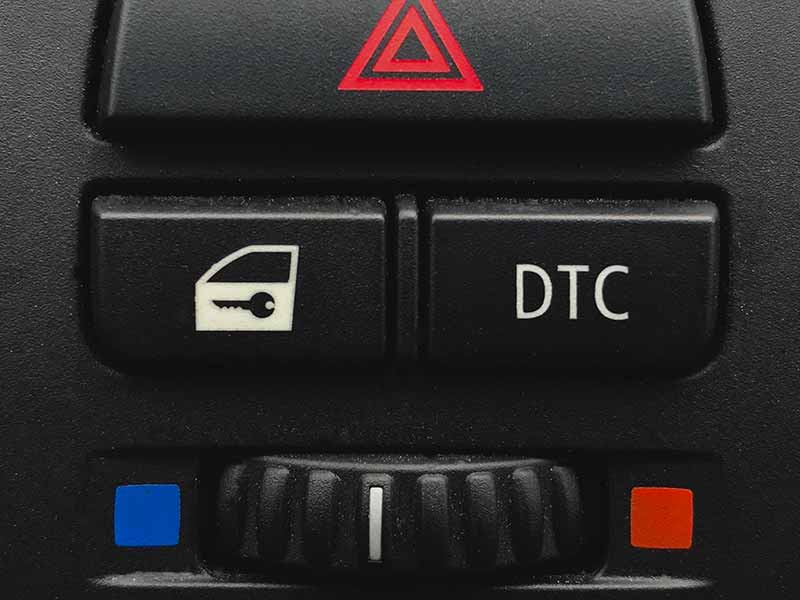
How to Reset the Traction Control Light
Sometimes, the traction control light comes on due to minor issues or glitches. Resetting the light can be a quick way to clear the warning. However, it’s essential to understand that this is usually a temporary fix. If there’s an underlying issue, the light will likely come back on.
Steps to Reset the Traction Control Light
Resetting the traction control light can often be done in a few simple steps. Here’s how:
- Turn Off the Engine: Safely park your car and turn off the engine.
- Wait a Few Minutes: Give the car’s systems a moment to reset.
- Restart the Car: Turn the engine back on to see if the light has cleared.
- Check the Dashboard: If the light is off, the reset was successful.
Alternative Reset Methods
In some cars, you might need to take additional steps:
- Traction Control Button: Some vehicles have a button to manually turn the traction control system on and off. You can try pressing this button to reset the light.
- Disconnect the Battery: As a last resort, disconnecting the car battery for a few minutes can reset all warning lights. However, this should only be done if you’re comfortable with car maintenance.
Proceed with Caution
Resetting the traction control light is a temporary measure. It’s crucial to get to the root of the problem to ensure your car is safe to drive. Your tires play a significant role in the traction control system, so always make sure they’re in top condition.

Have A Mechanic Diagnose The Problem
When you’re dealing with issues related to the traction control system, it’s crucial to get a professional diagnosis. While some problems might seem straightforward, the interconnected nature of modern car systems means that a problem in one area could be a symptom of a more significant issue elsewhere.
Using an OBD2 Scanner for Error Codes
One of the first steps a mechanic will take is to use an OBD2 (On-Board Diagnostics) scanner to read error codes from your car’s computer. This tool can provide valuable information about what’s wrong with your vehicle, pinpointing issues ranging from sensor malfunctions to problems with the traction control module.
Replacing a Faulty Sensor
Sensors play a vital role in the functioning of your traction control system. If the OBD2 scanner indicates a sensor issue, such as a faulty steering angle sensor or wheel speed sensor, the mechanic will likely recommend replacing it. New sensors can provide more accurate data to the traction control system, ensuring it functions correctly.
Addressing Damaged or Corroded Wires
Wiring issues can also cause problems with your traction control system. Damaged or corroded wires can interrupt the flow of information between the car’s computer and the various components of the traction control system. A mechanic will inspect the wiring and may recommend repairs or replacements as needed.
ABS or Traction Control Module Replacement
Sometimes, the issue might be with the ABS (Anti-lock Braking System) or the traction control module itself. These are more complex and expensive repairs, but they’re crucial for the safe operation of your vehicle. If the OBD2 scanner indicates a problem with either of these components, a replacement may be the best course of action.
Resources
Below are some links you may find helpful when learning about tires
Final Thoughts
Understanding the traction control system and its warning light is crucial for safe driving. Whether it’s a simple sensor issue, a more complex problem with the steering angle sensor, or your car going into limp mode, knowing what to do can make all the difference.
Your tires play a significant role in how well the traction control system functions, so keeping them in top condition is essential. If you ever find yourself facing a lit traction control light, especially if accompanied by other warning lights or symptoms, don’t hesitate to consult a professional.
Good luck and happy motoring.
